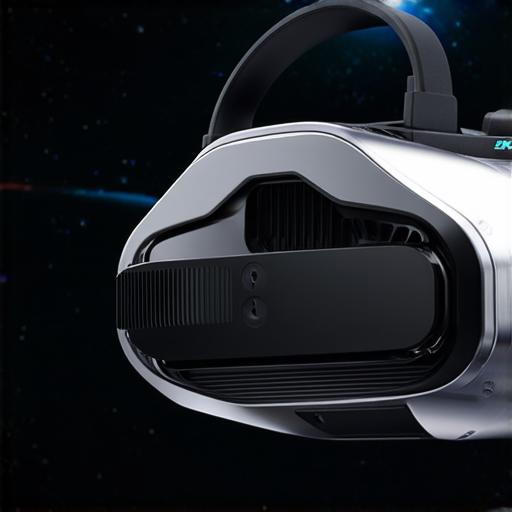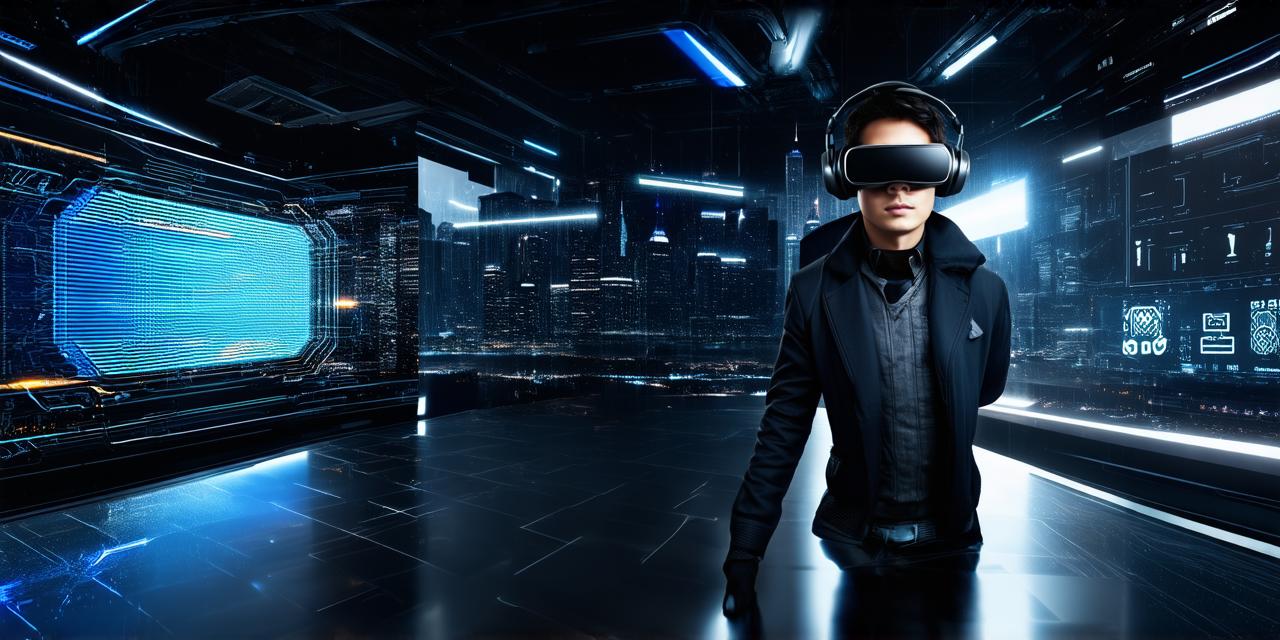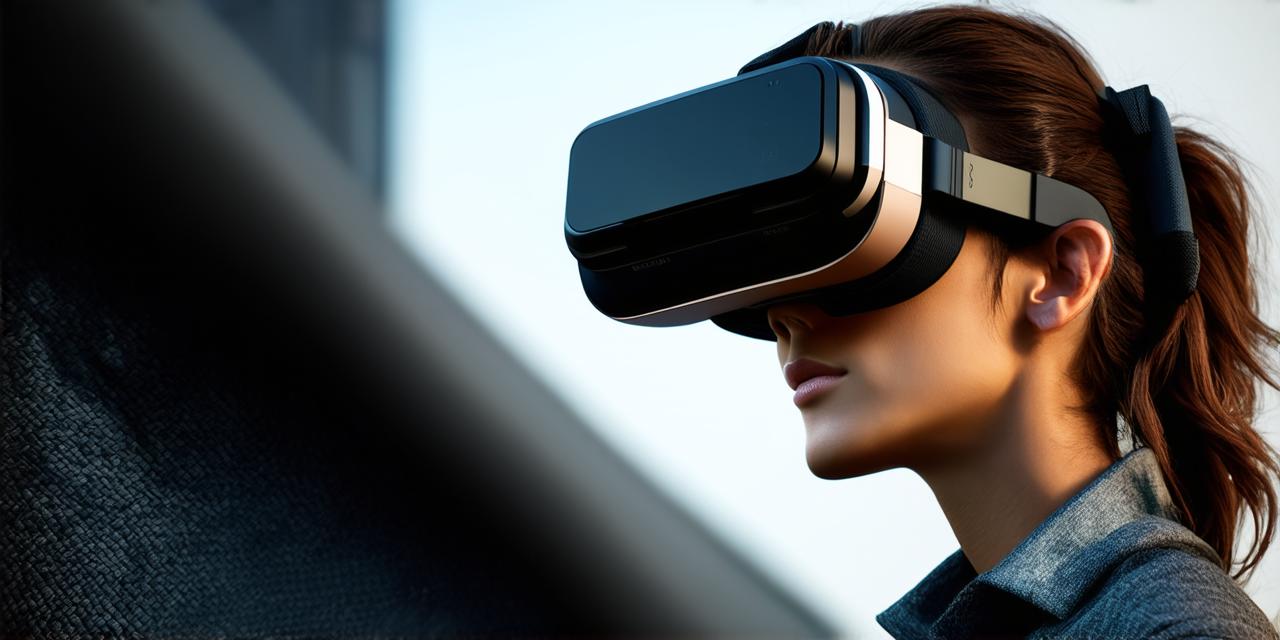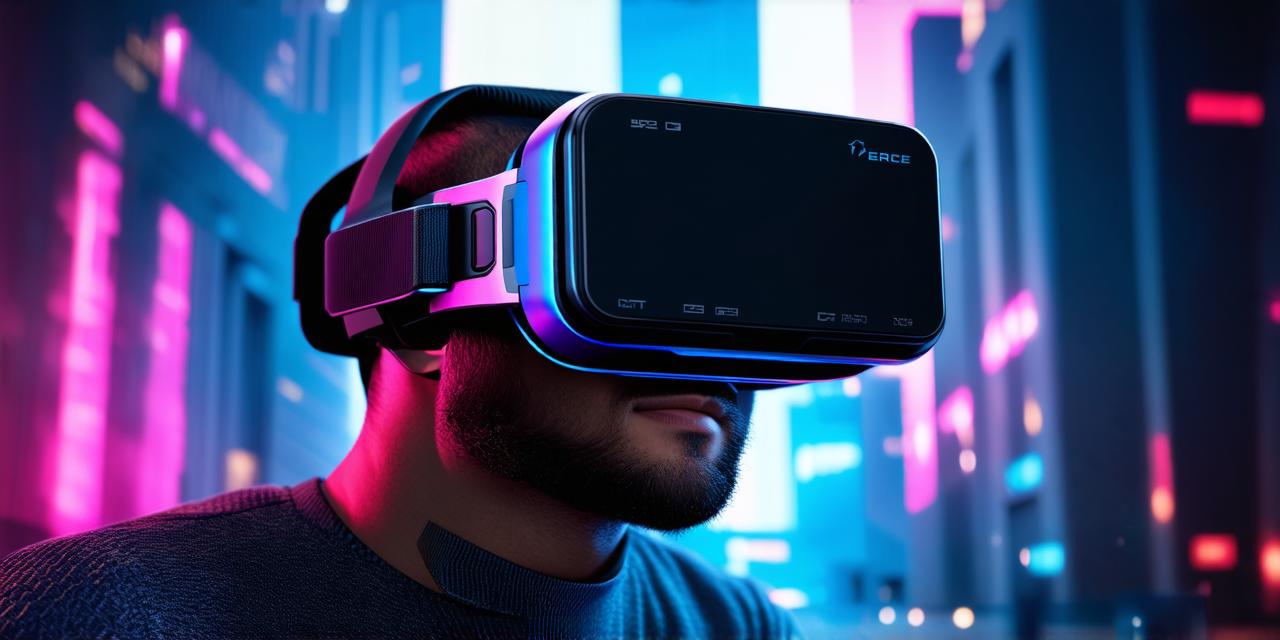Pre-Production
Before diving into the world of VR content creation, it’s essential to plan carefully and conduct thorough research. This stage is all about laying the groundwork for a successful project.
Defining Your Project’s Goals and Objectives
The first step in creating any type of VR content is to define your project’s goals and objectives. What do you hope to achieve with your creation? Are you looking to entertain, educate, or inspire your audience? Defining your goals upfront will help guide the rest of the creative process and ensure that your final product aligns with your vision.
Conducting Market Research
It’s also important to conduct market research before beginning your project. This can involve analyzing existing VR content, studying your target audience, and identifying gaps in the market that your content could fill. By doing so, you can ensure that your project is both unique and relevant to your intended audience.

Developing a Concept and Script
Once you have defined your project’s goals and objectives and conducted market research, it’s time to develop a concept and script. This will serve as the blueprint for your content, outlining key story beats, character arcs, and visual elements. It’s important to keep in mind that VR content often requires more planning than traditional media, as users have a greater degree of control over their experience.
Production
With a solid plan in place, it’s time to bring your VR content to life. The production stage is all about executing your concept and bringing your vision to fruition.
Choosing the Right VR Platform
There are several different VR platforms available, each with its own strengths and weaknesses. It’s important to choose the right platform for your project based on factors such as budget, technical requirements, and intended audience. Some popular VR platforms include Unity, Unreal Engine, and A-Frame.
Designing the User Experience
In VR, the user experience is everything. It’s important to design your content with the end user in mind, considering factors such as navigation, interaction, and pacing. You may also want to consider incorporating elements of gamification or interactive storytelling to keep users engaged and invested in your creation.
Filming and Editing
If you’re creating a 360-degree video or other immersive experience, you will need to film and edit your content carefully. This can involve working with specialized equipment and software, as well as collaborating with actors and other professionals to ensure that your final product is polished and engaging.
Post-Production
Once your VR content is complete, it’s time to refine and polish it in the post-production stage. This can involve a range of tasks, including sound design, visual effects, and marketing.
Sound Design
Sound design is an essential component of any VR experience.



